How to grow lychee from a bone at home?
Not everyone dares to grow lychees at home, the berry seems too exotic (according to botanical reference books, the fruit of a plant is exactly a berry, although most call it a fruit).
Lychee fruits have a pleasant taste and are extremely healthy. At home, in Asia, these berries are called the "dragon's eye" and are widely used in folk medicine.
The appearance and benefits of lychee fruits
The fruits are small in size and weight. Each of them has a diameter of 3-4 cm and a weight of about 20 grams. The appearance of the berries is very unusual. They are covered with a dense, bumpy skin of pinkish color. Inside there is a translucent flesh of milky color and sweet taste with a slight acidity.
To many, lychee resembles a cross between pineapple and cherry. The fruits have a pleasant aroma. Inside each berry, there is a dark brown seed that is considered poisonous. However, in Asian countries, lychee seeds are prepared by frying with the addition of oil and spices. After cooking, the bones are edible.
The pulp of berries contains a whole range of useful minerals and vitamins. With regular use, lychee has a beneficial effect on the entire body. The water-salt balance returns to normal, edema and excess weight disappear, the work of blood vessels improves, and the blood sugar content decreases.
Preparing for landing
You can plant a seed taken from any lychee berries bought in the store for consumption. The seeds are removed from the pulp carefully, without damaging the shell.
Even if you plan to grow one plant, it is better to plant 3-4 seeds, and then choose the strongest seedling. Not all seeds can germinate.
Before planting, to accelerate germination, you can soak the seeds in warm water for 12 hours.
Soil preparation:
- The soil for planting should be chosen loose, well permeable to air and water. It is recommended to make a mixture yourself from equal parts of sod land and peat.
- The soil will need to be steamed in an oven at 80–100 ° C for decontamination.
- You can germinate lychees in coconut substrate, vermiculite, agroperlite. These substrates minimize the risk of seed decay.
For planting, you should choose a pot made of clay or ceramic (plastic "does not breathe", which can worsen the conditions for seed germination). The diameter of the container should be small - 7–8 cm. It is necessary that holes be made in the bottom to drain excess water. You will also need fine expanded clay, which will be used as drainage material.
Seed germination
To germinate the seeds, the pot is filled with soil and recesses are made with your finger, where the seeds are placed. They are not sprinkled with soil on top. Then you will need to moisten the plantings from the spray. After that, the container is covered with foil to create greenhouse conditions. Now it only remains to wait for the sprouts to hatch.
Before emergence, seedlings should be kept in a warm place (at a temperature of +25 ° C), keeping an eye on soil moisture. If the ground begins to dry out, it is lightly sprayed. Waterlogging should not be allowed either, this can provoke the appearance of mold. The film needs to be removed from time to time for airing.
If all conditions are met, sprouts will appear in 1.5-2 weeks. From this point on, the seedlings no longer need shelter. A container with seedlings is placed on the east window. Plants should receive bright, diffused light, but direct sunlight is contraindicated for them.
Plant care
It is impossible to tighten the seedlings with a dive, otherwise their roots will intertwine and it will be problematic to plant them without damaging the root system. Each plant will need to be planted in nutritious and loose soil.
For normal growth, lychee needs to create suitable conditions:
- A tropical visitor needs 12-15 hour daylight hours. In winter, you will need to organize additional lighting. The plant will thrive best on eastern and western windowsills. On the south window, he will need shading at noon.
- Water the lychee with settled warm water after the topsoil has dried. Prolonged drought is unacceptable. The plant needs high air humidity - this can be easily achieved by spraying or installing a humidifier.
- You can feed seedlings from 4 months. Feeding is carried out 1-2 times a month, alternating mineral and organic fertilizers.
- In the second year of life, the plant will need crown formation. The main stem is cut at a height of 20–25 cm, after which the active growth of lateral branches will begin and the lychee will acquire a decorative appearance. In the future, the plant is not cut off. Its maximum height in indoor conditions is 2–2.5 m.
Lychee grows rapidly to a height of 20 cm, then its growth stops for a long time, as roots begin to actively develop. In winter, the exotic does not shed its leaves and does not have a pronounced dormant period.
It will take a long time to wait for fruits on the plant. Flowering begins no earlier than in the 7th year, and this requires special conditions, for example, a temperature in the range of + 14-15 ° C, while the peduncle is forming. Cross-pollination is required for fruit setting.
Growing lychee from a bone is a very exciting experience. Getting fruit at home may not be the main goal, although it is not excluded. It is quite interesting to observe the growth and development of the plant itself. This process is sure to bring joy to the passionate florist.
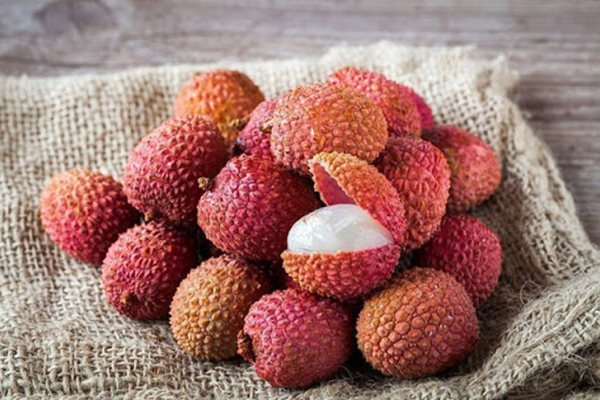
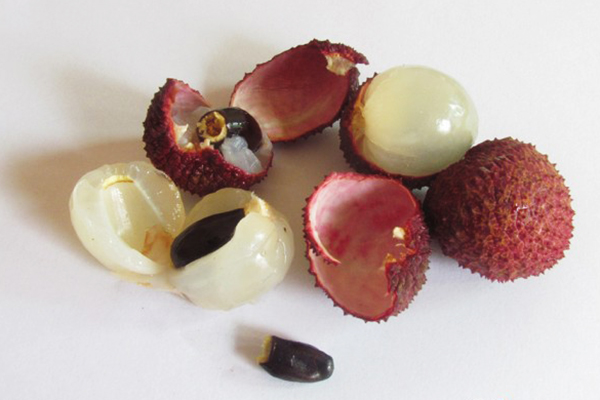
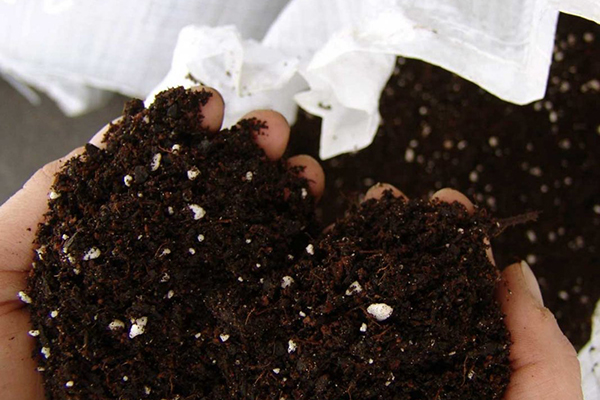
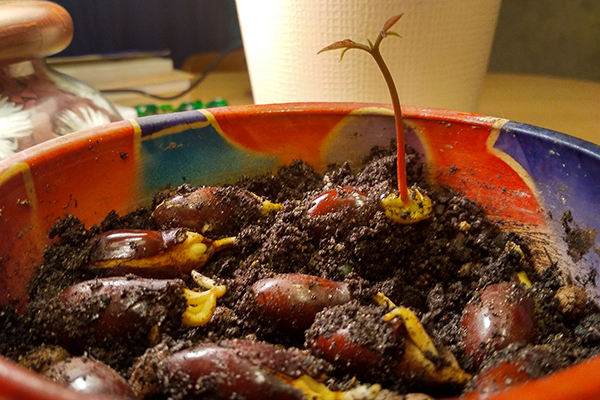
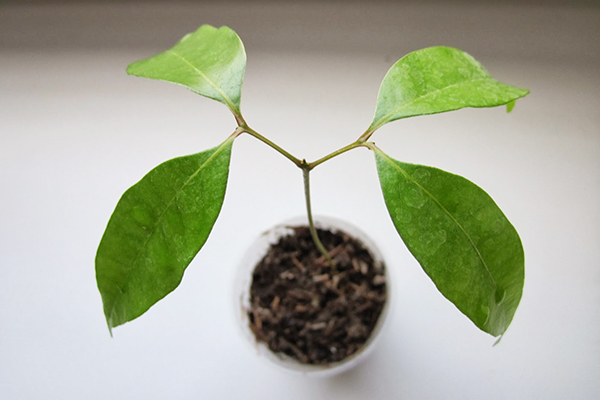
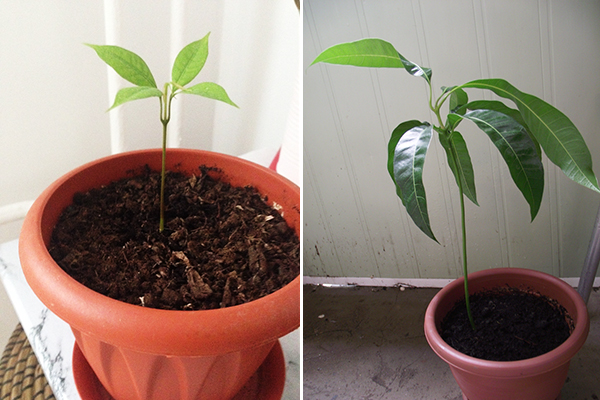

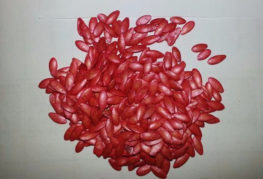
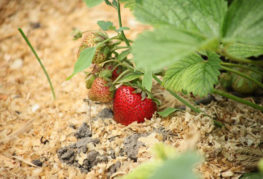
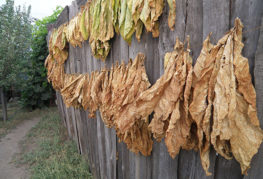
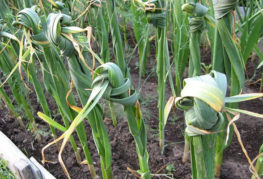

and will be published shortly.